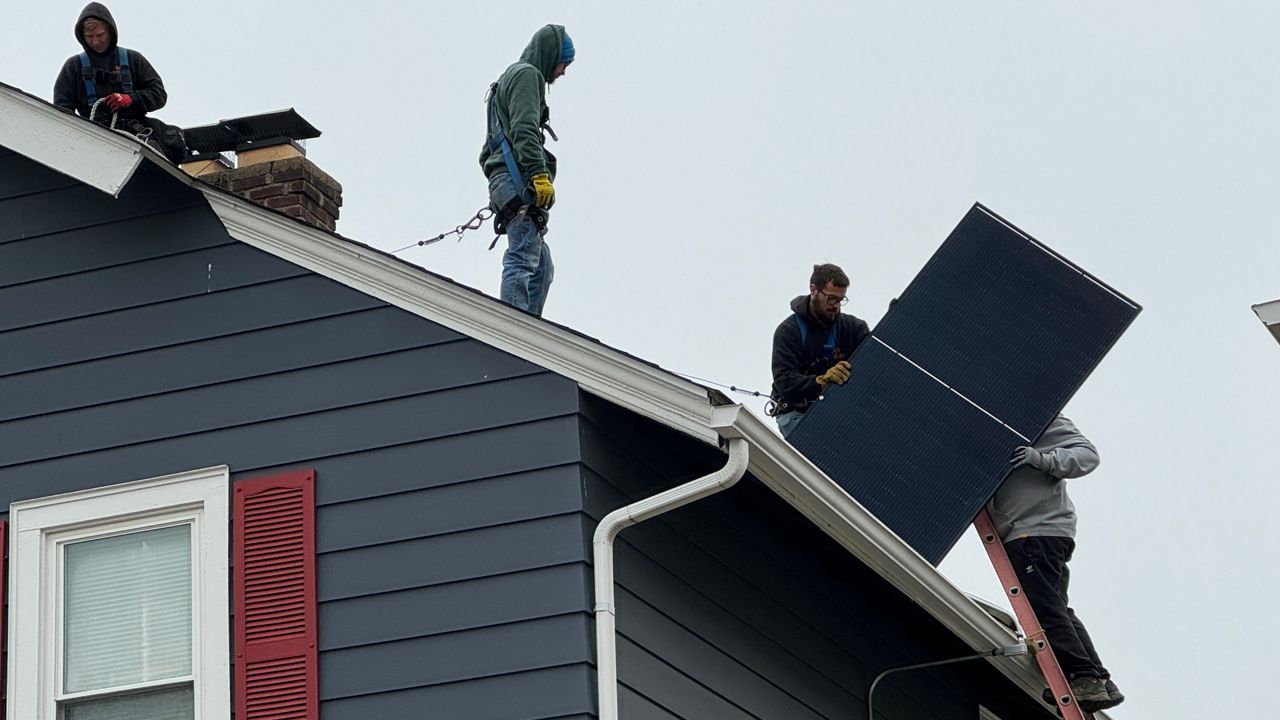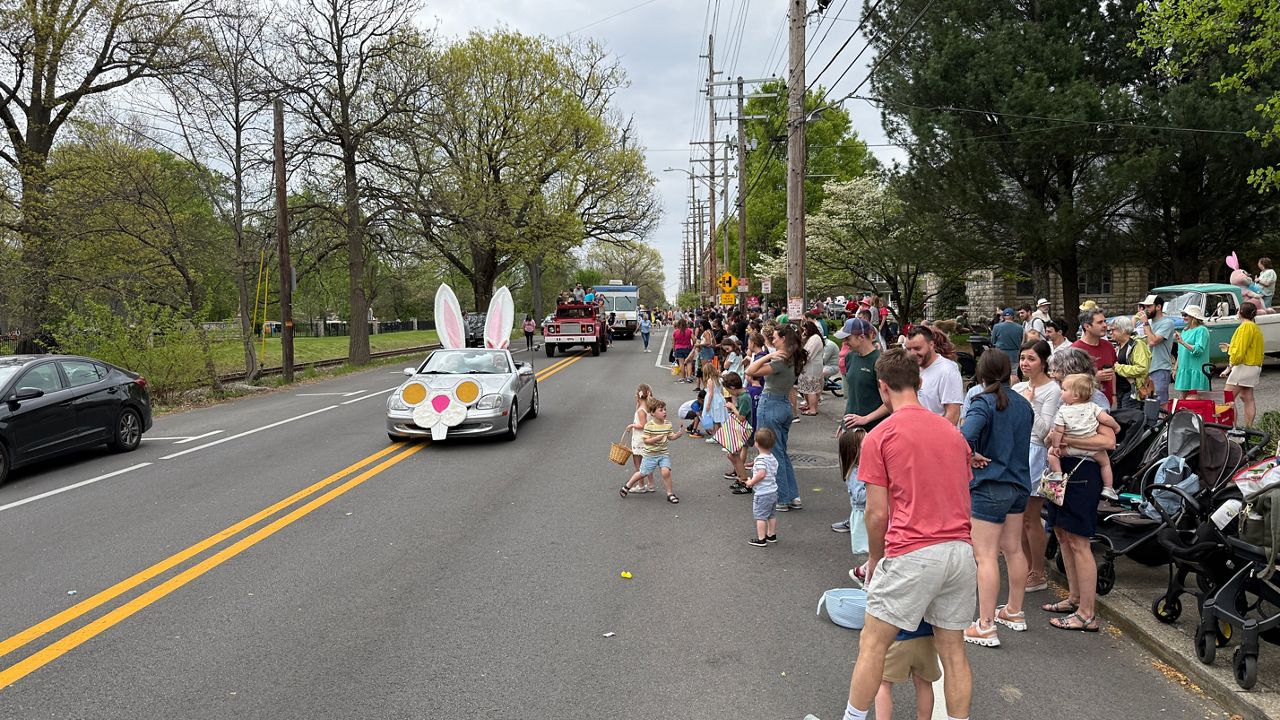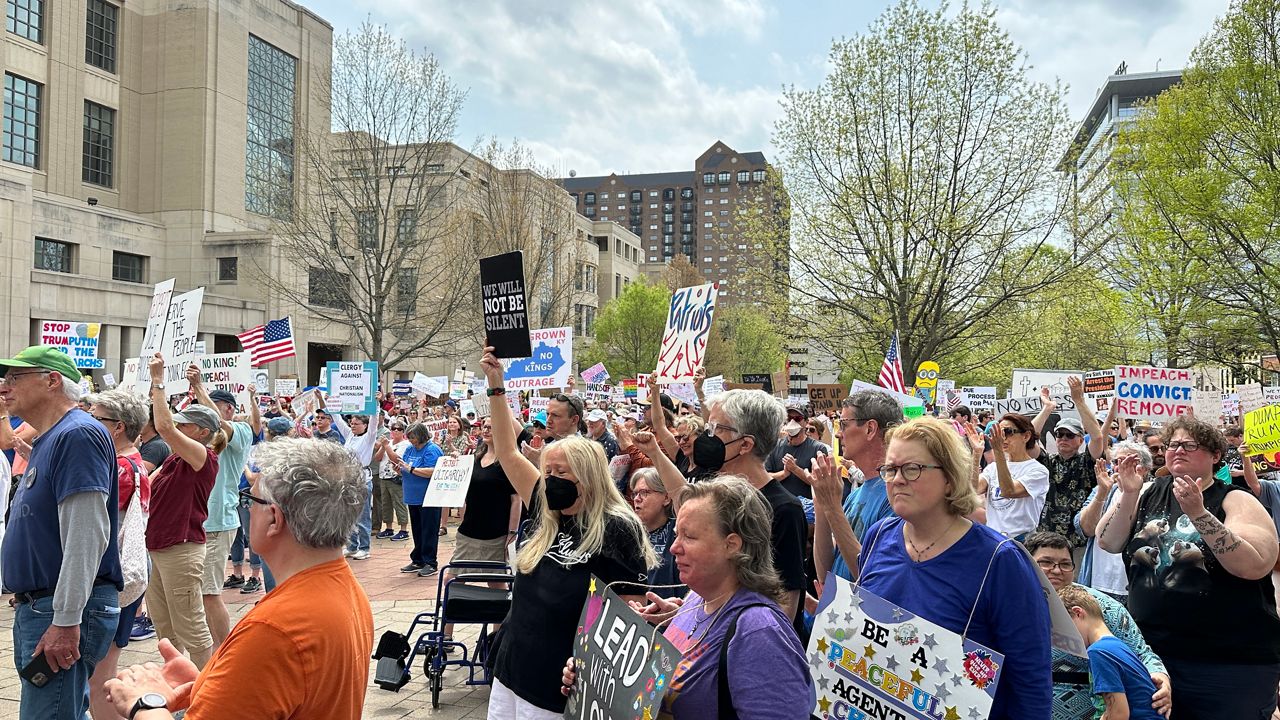LOUISVILLE, Ky. — It’s been almost 50 years since the super tornado outbreak of 1974. According to the National Weather Service, in a 16-hour period on April 3-4, 148 tornadoes touched down in 13 states.
Twenty-seven tornadoes ripped through the commonwealth. In Jefferson and Oldham counties alone, 225 people were injured and at least two died.
Four hundred and twenty-five homes in Louisville were demolished and hundreds of trees were uprooted.
Cherokee Park lost many trees and has been working to restore the park for decades.
What You Need To Know
- On April 3, 1974, an EF-4 tornado went through Louisville, killing at least two and injuring 225
- In 16 hours, 148 tornados touched down in 13 states
- The tornado affected Cherokee’s Park biodiversity and tree canopy
- The Olmsted Parks Conservancy said restoring the park is an ongoing effort
The impact of the EF-4 tornado that tore through Cherokee Park can still be felt today.
“In the matter of 20 minutes or so, 80% of the canopy of Cherokee Park was lost. I’ve heard that equated to about 10,000 mature canopy trees and we have old aerial photography and it just looks like matchsticks strewn about,” said Matt Spalding, Director of Stewardship for Olmsted Parks Conservancy.
Some trees survived the storm but in many parts of the park a majority of trees are only about 50-years-old.
“So we see one really large tree surrounded by lots of much smaller trees. So this is our one tree in this management zone that survived the tornado of ‘74 and you see just how much bigger it is compared to anything else around it,” he said.
With many of the older trees now gone, the fastest growing plants filled in the new space, causing problems with biodiversity.
“So Sugar Maple is a great example. After the tornado, we had an explosion of Sugar Maples because they’ll put those, you know, the little helicopter seeds will sprout everywhere. All of a sudden we have thousands of Sugar Maples growing. Overall, that’s going to reduce our species diversity,” Spalding said.
The other challenge the tornado brought was parts of the forest that used to be shady became sunny, and that’s where invasive species found a foothold and started to over grow—honeysuckle was one of those plants.
“Birds were able to sort of get in there and plant some of the honeysuckle seed with a little added fertilizer, if you know what I mean, and then it was off to the races that honeysuckle was just going to take over and dominate and form a monoculture,” he said.
Restoration isn’t over. The Olmsted Parks Conservancy said it is continuing its efforts to make the park as healthy as it can be.
“So we’re still monitoring for new invasive threats. We’re still treating problematic plants throughout the woodlands. We’re trying to increase our biodiversity,” Spalding said.
The Olmsted Parks Conservancy began because of the tornado. The group began as the “Friends of the Olmsted Parks” and their goal was to restore Cherokee Park and the other Olmstead Parks in the city.










